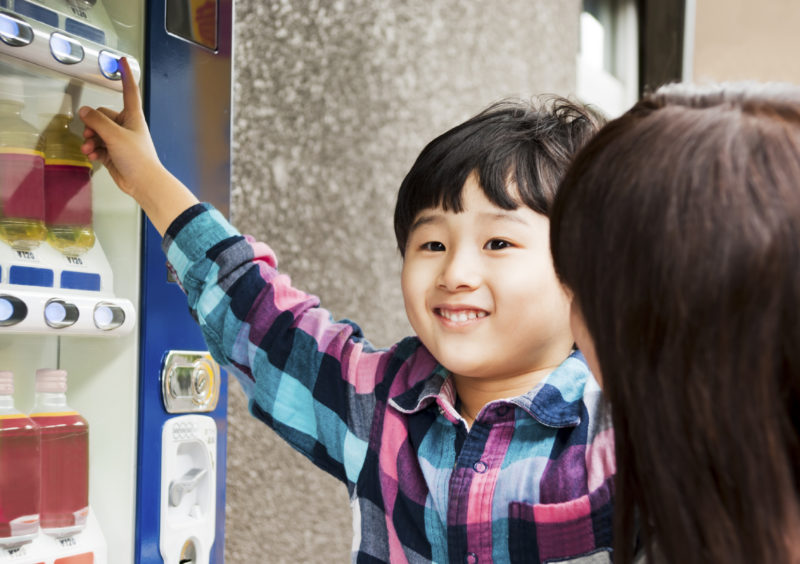
Share On Social!
Mayor Stephanie Rawlings began a movement toward healthier vending machines in city-owned facilities back in 2013 when she announced a Healthy Vending pilot project with a full commitment of implementation by 2015. On October 23, 2015, the city officially launched their Healthy Vending in all vending machines across the city.
Now hundreds of public vending machines in libraries, community centers, parks, pools, museums, and skate rinks are full of healthier options including fifty percent of foods that are:
- Low fat: not more than 35% of total calories from fat and not more than 10% of calories from saturated fat.
- Low sugar: not more than 35% total weight from sugars and caloric sweeteners.
- Low calorie: no more than 200 calories per label serving.
Beverages also must have fewer than 250 calories total and vegetable juices must have less than 230 mg of sodium per serving. Fifty percent of drinks must contain less than 40 calories per serving, excluding 100% juice and unsweetened milk.
Beverages allowed in vending machines are no calorie options like water, tea, diet sodas and tea. Also included in the mix are low-fat options like milk and low-calorie options such as sports drinks that contain less than 100 calories.
Reducing unhealthy options in Latino kids diets at vending machines, may help reduce consumption of high-sodium, and high-sugar beverages and foods, as studies have shown that Latino kids are twice as likely to buy snacks from vending machines.
The risk of cardiovascular disease and chronic disease could also be lessened by allowing schools to have access to healthier foods in snack areas, instead of easy access to high-sodium junk food that is linked to heart risks.
To learn more about this topic, click here.
This story was updated on January 9, 2016.
By The Numbers
142
Percent
Expected rise in Latino cancer cases in coming years



